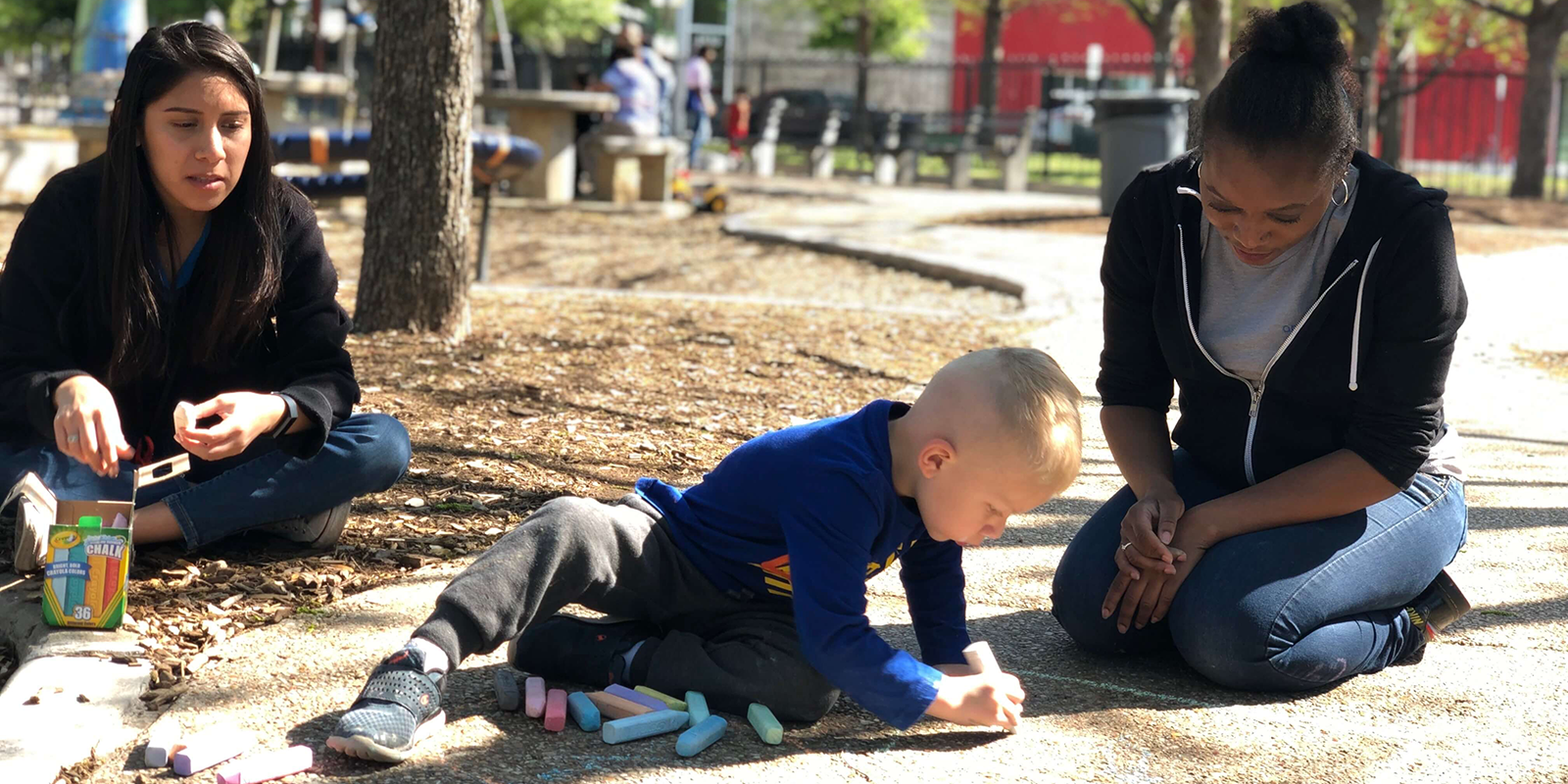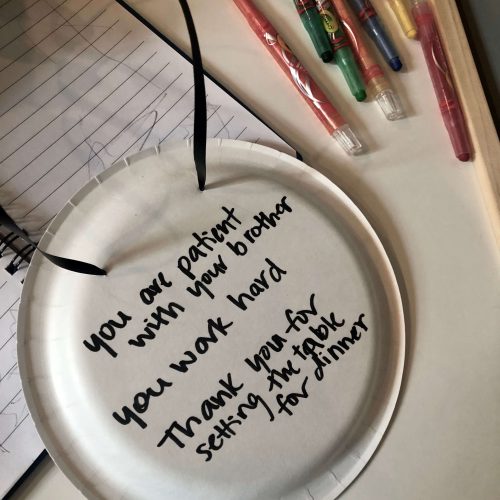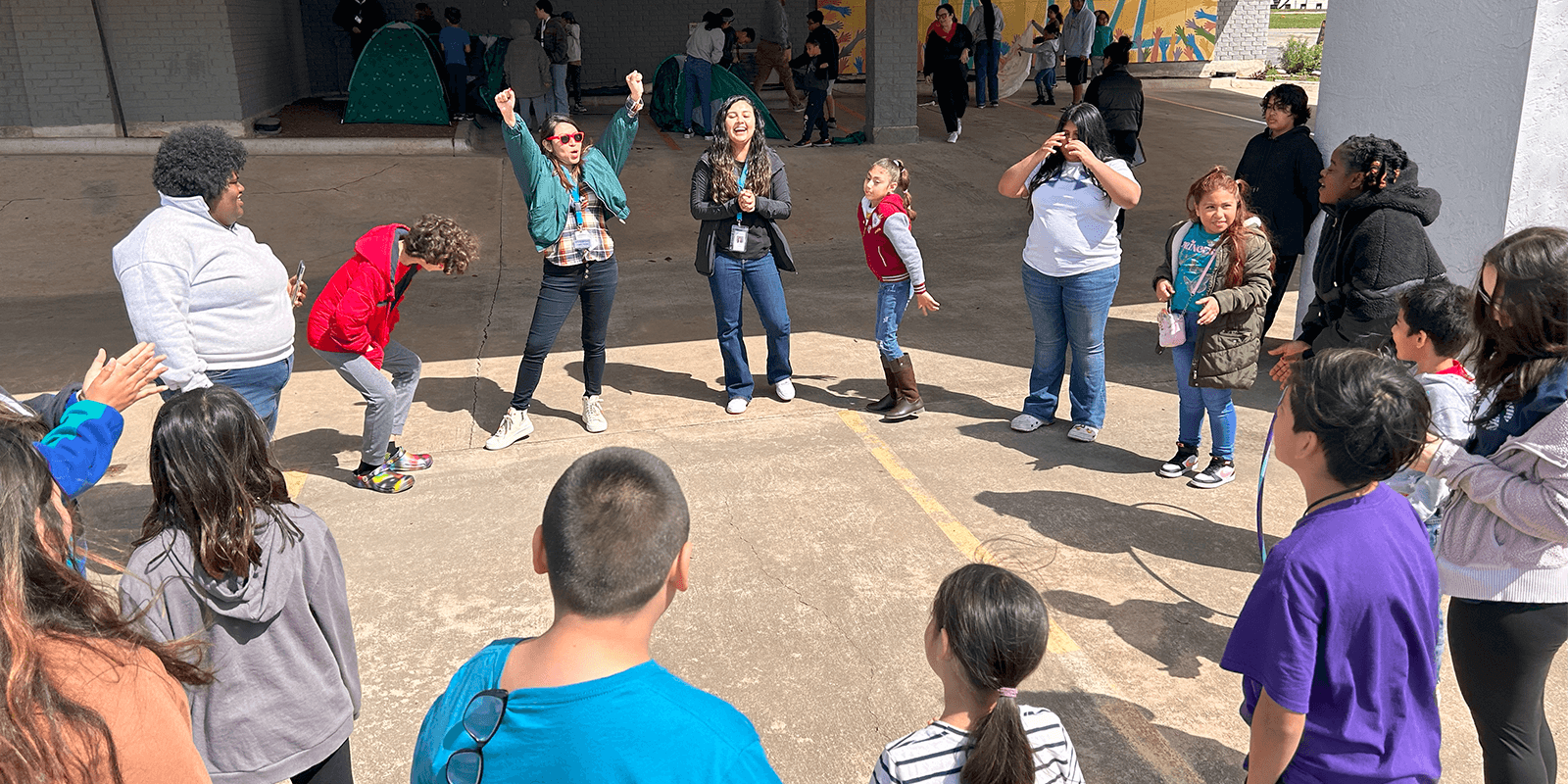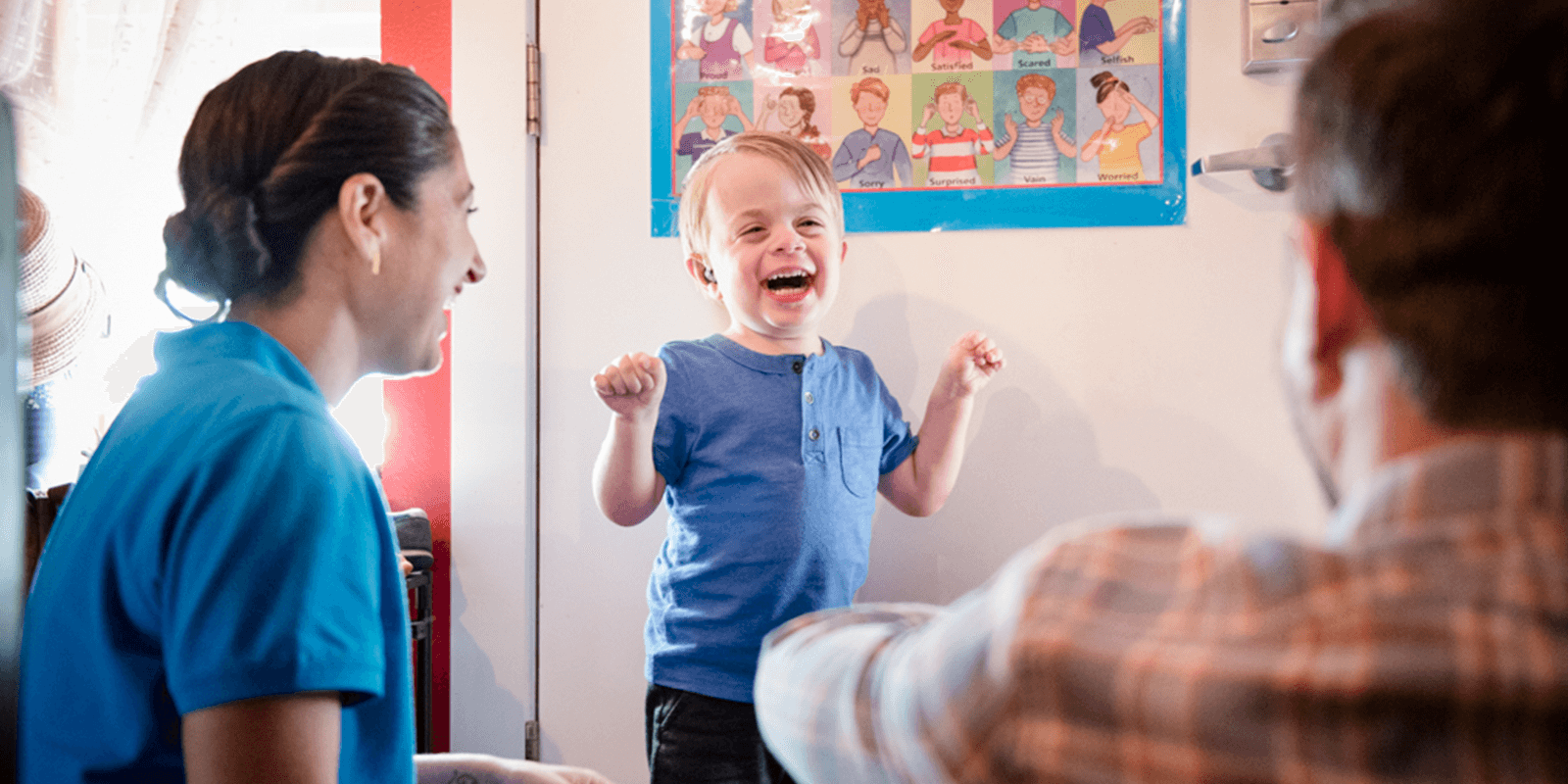The importance of praising a child

Category: Parenting Tips
July 22, 2019
When you’re in the throws of parenting, it can seem like your days are spent guiding, directing, deflecting and teaching. It’s easy to see the negative and to fall into saying no, a lot. Any Baby Can’s Family Education Program provides parents an opportunity to reflect and improve, even when it seems like we’re barely able to keep up.
Using the evidence-based Nurturing Parenting curriculum, each of our classes cover a topic relevant to improving parenting skills and confidence.
One topic that resonates with parents, no matter their kid’s age, is the importance of praise. Praising helps build a child’s self-worth and self-confidence, and encourages parental bonding. Praise is always important, whether your child is six months or 16 years old. (Praise works well on partners and other caregivers too!)
Some parents expect their children to just “do as they’re told” without the need for praise. However, when children receive praise for positive behaviors and attributes, there is a reduced need for disciplinary practices. But still, it may not be easy to know what or how to praise.
What to Praise
Any Baby Can’s parenting classes talk about the need for “praising for being” (attributes) in addition to “praise for doing” (behaviors). Saying, “I really love you because you try so hard” may make a child think you only love them when they try hard. You want the child to know you love them for who they are, not just for what they’re doing. It is important to incorporate both types of praise into parenting and it is best to use them separately.
How to Praise
The way in which you praise is just as important as the words you use. Even if it feels forced at first, practice makes perfect! Here are some tips to help you provide effective praise.
- Focus your attention on the child and the situation. Praise deserves your undivided attention!
- Move close to your child. Praise feels good when given by someone close to you.
- Make eye contact. Get on the child’s level. For example, you must bend down to be at eye level with young children.
- Gently touch your child. Touch is a positive form of communication.
- Smile or look pleasant. Everyone likes to see a happy face.
- Praise your child. Praise either for being or for doing.
- Offer a hug to “seal” your words. Nice words and a hug are reassuring and a great way to communicate.
Praise into Practice
A crucial part of the Nurturing Parenting curriculum is working on ourselves as people, not just as parents.
“Every class should serve as a mirror. We look to help ourselves first. Do I practice self-praise in front of my children? Do I praise my partner in front of my children?” says Sheila Terrazas, Bilingual Family Education Instructor.
Our classes encourage parents to start with self-praise. Being a parent is one of the few jobs where you rarely get any praise for doing outstanding, difficult work! Self-praise is important both for your self-esteem, as well as serving as a good role model for the child.
Make praising a regular practice and it will become part of the routine. At first, it may feel awkward or difficult to find opportunities to praise. A weekly family meeting or dinnertime can be a good time to provide consistent, recurring praise.
Here is an example of an activity you could do with your family.
Praise Activity for the Family

For this activity you’ll need the following:
- Paper plates
- Scissors
- Yarn or string
- Markers/crayons
- Hole punch
Step 1: With the whole punch, make two holes near the top of the paper plate.
Step 2: Cut off pieces of yarn and thread the yarn through both holes. Tie at both ends to create a loop or “necklace.”
Step 3: Have each person put their plates over their heads so that the plate is on his/her back.
Step 4: Give each person a marker and tell them that they have 2 minutes to write a message of praise on each person’s plate. Every person must put a statement of praise on each person’s plate.
Step 5: Have fun! Ask the following questions:
- What did you think of this activity?
- What do you think of the messages written on your plate?
- How does it make you feel to see those messages?





